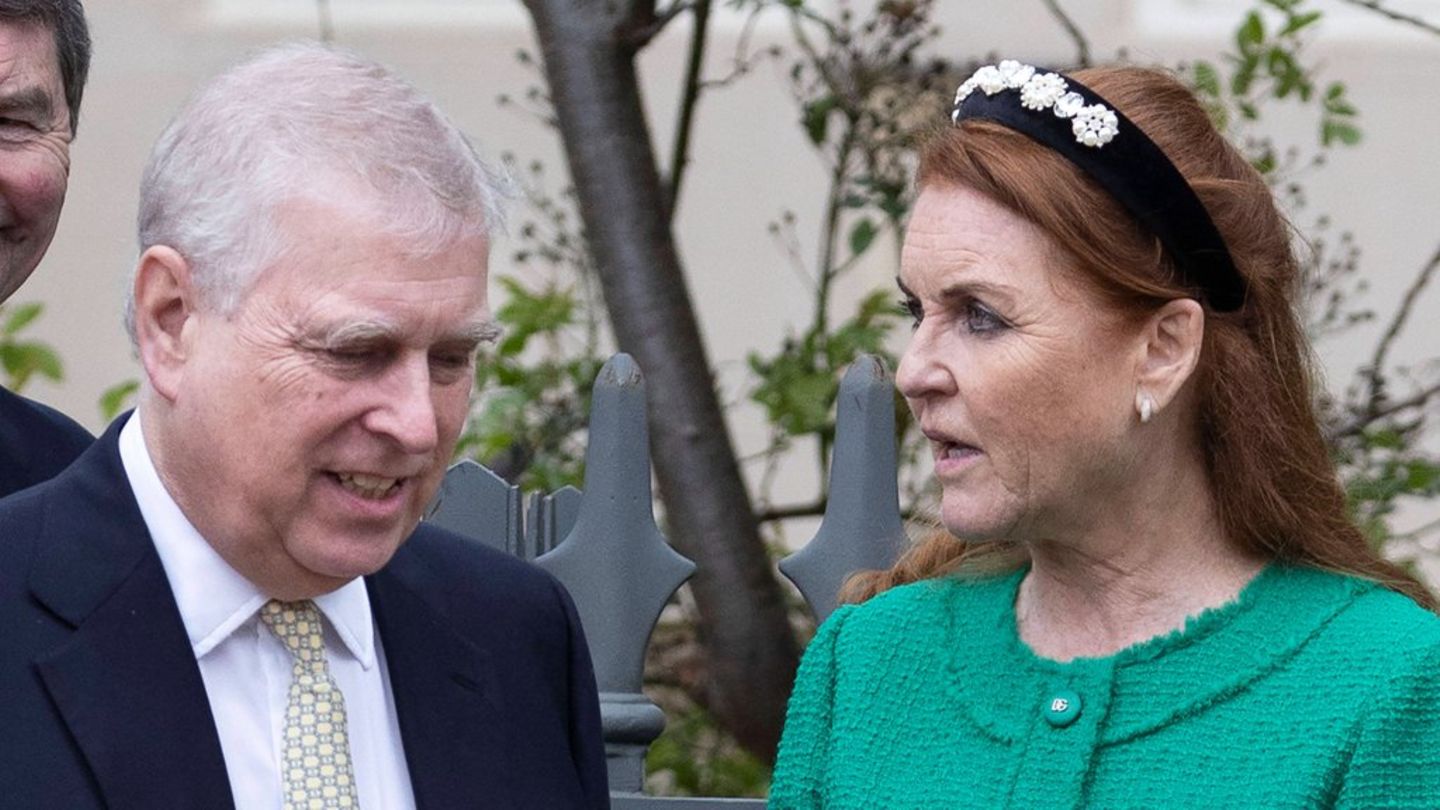When it comes to plans for the expansion of mobile communications, delays are usually not uncommon. But O2 is now waiting for success – and is already aiming higher.
The telecommunications group Telefónica Deutschland (O2) is making so much progress in expanding its 5G mobile network that it wants to set itself a new, ambitious goal. He is firmly assuming that the nationwide expansion targeted for the end of 2025 will be achieved earlier, said company boss Markus Haas on Thursday in Munich. The new target is to be set in February.
At the beginning of the week, Telefónica surprisingly announced that the company’s 5G antennas are already reaching 75 percent of German households. O2 had thus clearly exceeded the target of 50 percent coverage by the end of the year. In addition, Telefónica caught up with the competitor Vodafone, which had previously been significantly further in terms of 5G coverage and is now also on par with O2 at 75 percent. Deutsche Telekom is more than 92 percent.
Telefónica Deutschland boss Haas justified the positive development with the good weather in the summer months, which is important for the expansion, the significantly weaker corona restrictions this year and with an increased focus on area coverage.
Latencies and ranges vary
The mobile phone providers use different frequencies for the 5th mobile phone generation. The latency – the response time that is important for online games and other applications – is very low in high frequencies with high data throughput but short range, and slightly higher in the lower frequencies, but still relatively low. Thanks to their long range, the lower frequencies are particularly suitable for coverage in rural areas. At Telefónica, the supply share is “roughly balanced” over the 3.6 gigahertz and 0.7 gigahertz frequencies, said Haas.
The manager presented business figures for the third quarter, which were positive. Sales increased by six percent to 2.1 billion euros. The strong growth was due to increasing demand for mobile communications and above all to higher revenues from mobile phones – more and more customers want a 5G-enabled smartphone and are therefore digging deeper into their pockets. Adjusted for special effects, earnings before interest, taxes, depreciation and amortization (Ebitda) increased by almost five percent to around 642 million euros.
The bottom line is that profits fell from 227 million euros in the previous year to 39 million euros. That was due to a one-off effect: In the same quarter of the previous year, Telefonica Germany had benefited from a payment for the sale of its cell phone sites, in which the company is now only a tenant. Overall, the company performed slightly better than analysts had anticipated in the third quarter. Telefónica Deutschland raised its forecast for the current year slightly.
Communication from Telefónica Germany
Source: Stern
Jane Stock is a technology author, who has written for 24 Hours World. She writes about the latest in technology news and trends, and is always on the lookout for new and innovative ways to improve his audience’s experience.




